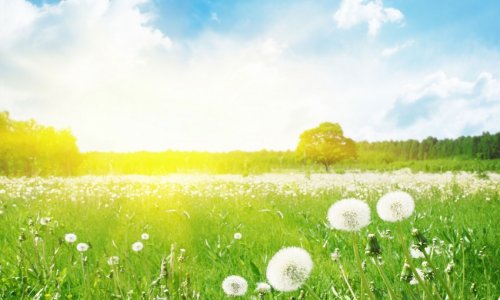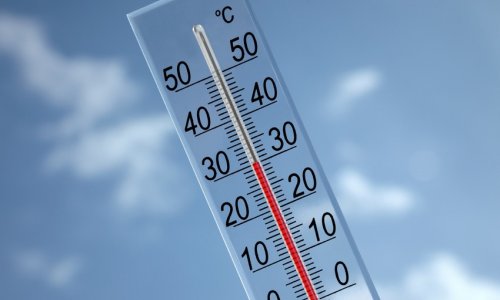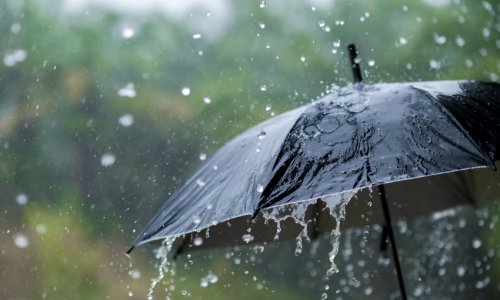Research of paintings dating back to the 14th century has revealed people prefer to pose showing the left half of their face - and this might be because we consider our left side to be our best side. That's according to science writer and author Sam Kean who claims our left sides are more expressive than our right sides, because they are controlled by the part of our brain responsible for emotions. During recent studies of paintings of Jesus on the cross, for example, 90 per cent of the images depicted him showing his left-hand side. While further research into the poses of pupils in yearbooks found a similar trend.According to Kean, author of The Tale of the Dueling Neurosurgeons, the majority of people are hard-wired to believe their left side to be more attractive than their right, and this belief influences their poses for photo. Kean said: 'The best explanation is that we don’t view the left and right halves of people’s faces in the exact same way.'People have a tendency to be more expressive with one half of the face, than the other half because out brains don’t quite work the same on the left side and the right side'The left side of the brain controls language, for example, while the right side controls spatial awareness and identifying faces.The right side of the brain also controls the left side of the body, making the left side more expressive.Kean concluded: ‘We think we’re aware of most of what we’re doing, and it’s a little disconcerting to see this ticks, and these little things emerge, suddenly.’Research from the Department of Psychology at the University of Saskatchewan in Canada, conducted in 2011, found people prefer looking at art when it is lit from the left side, too.Called ‘the left-light bias’, participants said paintings with lighting on the left were ‘more aesthetically pleasing’ than when it was lighter on the right side.Yet there is an anomaly when artists create self-portraits.In February last year, Professor Marco Bertamini from Liverpool University wanted to put the right- and left-side bias theories to the test.Despite evidence showing people prefer to pose for artists, or photos, with their left side facing the camera, when it comes to self-portraits, artists have traditionally depicted themselves from the right.To test whether this was only apparent in people with artistic training, Professor Bertamini asked non-artists to take selfies using a front-facing camera on their smartphones.Each participant was asked to use the camera to choose their preferred side and take a photo of it.He discovered that the trend followed suit, and the majority of participants took a photo of their right side.Yet this doesn’t rule out the left-hand bias. As Professor Bertamini explained, self-portraits are usually painted through the use of a mirror.This switches the view. For example, if an artist shows their left side to a mirror, and draws what they can see, the final image would show the head facing to the right.On smartphone cameras, the front-facing camera is a mirror that reflects what it is being pointed at. When the picture is saved, it is flipped to appear as if it was taken by another person.The trend to take selfies from the right side results in photos ending up showing the left, hence confirming the theory.Professor Bertamini said: 'Our results demonstrate that a preference for self-portraits showing one’s left side, even if this appears as a right cheek in the mirror-reversed display, can be documented in non-artists.‘Our results can be interpreted as evidence for two separate factors affecting asymmetries in facial expressiveness, a posing bias due to the position of the mirror and an actual difference between the two sides of the face.’(dailymail.co.uk)ANN.Az
Is your left side is your BEST side?
Society
20:15 | 12.02.2014

Is your left side is your BEST side?
Many of us have a certain pose for photos, but have you ever noticed your face has a tendency to turn to the right each time? If so, you're not alone.
Follow us !










